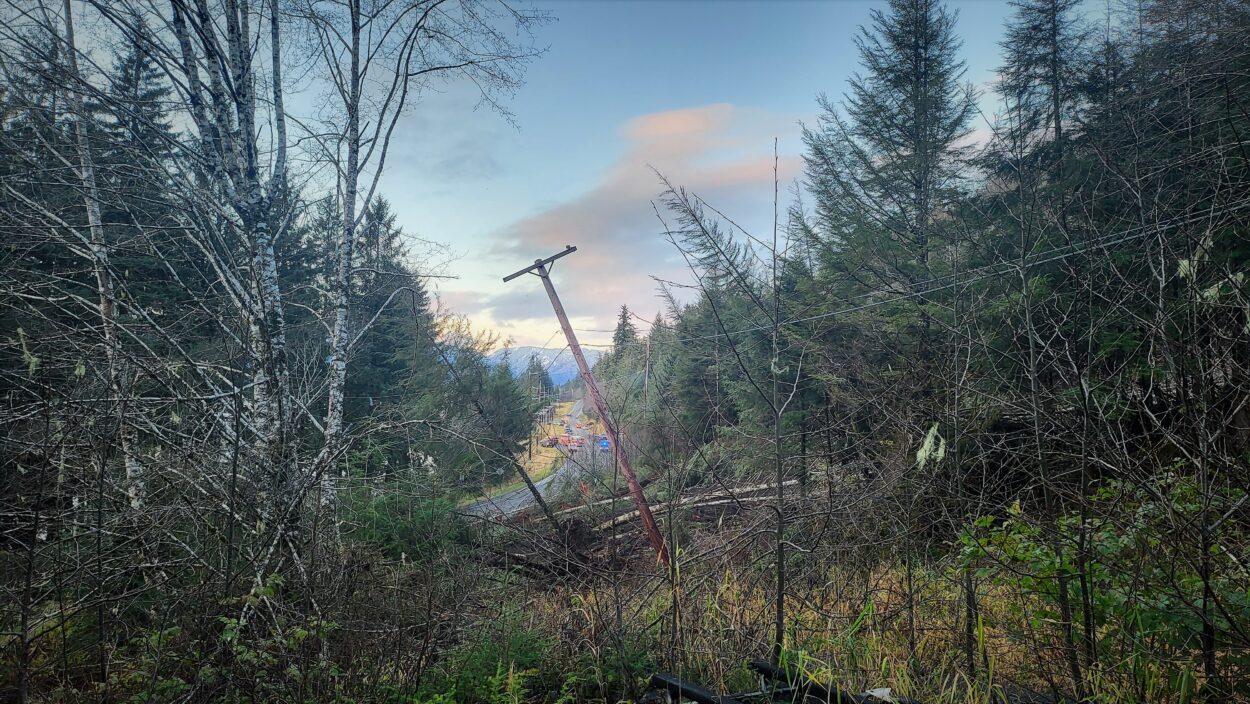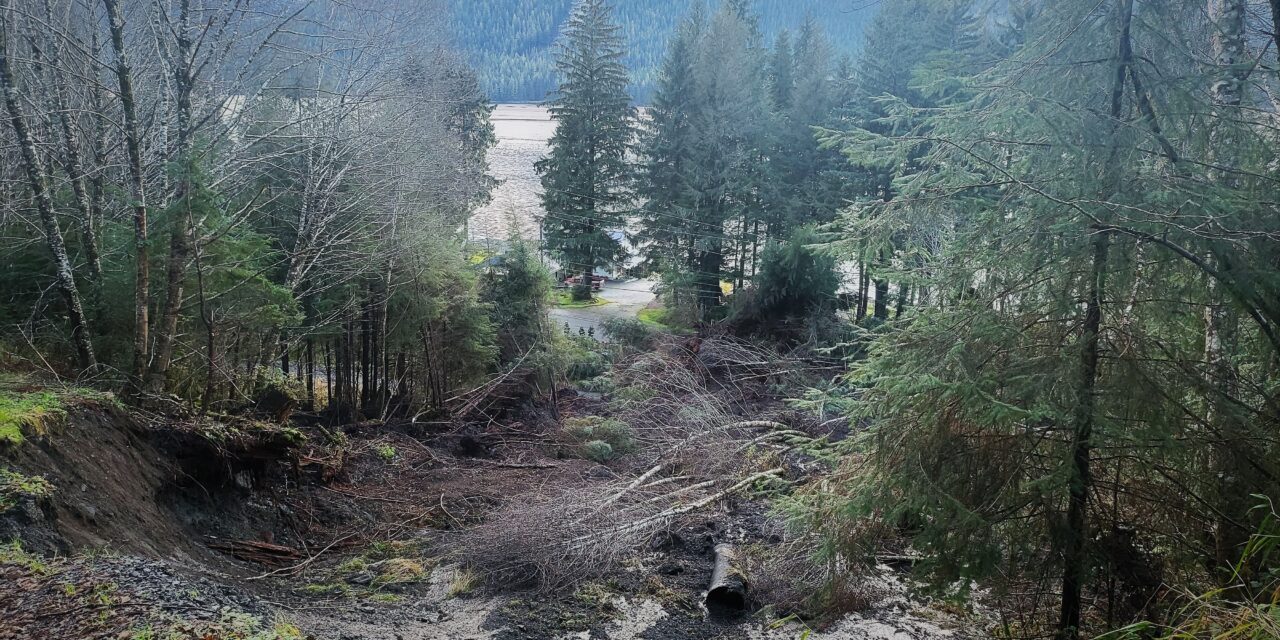
Many municipalities and schools in Alaska are facing record high property insurance rates for the year ahead. As KFSK’s Thomas Copeland reports, climate-driven catastrophes across the U.S. are driving up prices in Alaska.
A last second amendment to Petersburg Borough’s 2024 Budget passed unanimously after just about two minutes of discussion during last week’s assembly meeting. An additional $50,000 for property insurance. Borough Manager Steve Giesbrecht said it’s the biggest rate increase here’s ever seen.
“We basically budgeted for a 10% increase,” said Giesbrecht. “We ended up with over a 30% increase in what we’re paying for property insurance. It’s the highest we’ve seen year over year for sure. And we don’t really know when it’s going to end.”
Petersburg’s schools are dealing with a similar problem. Their property insurance is likely to rise by more than 50% for the upcoming fiscal year. Like a lot of small and medium public entities in Alaska, Petersburg Borough and School District get their coverage through an insurance pool. Both entities belong to a pool called Alaska Public Entity Insurance, or APEI. Barbara Thurston is the Director of APEI. Like Giesbrecht, she said this year’s rates are an all-time career high.
“I’ve been at APEI for more than 13 years,” said Thurston. “And the 30% rate increase we’re seeing this year is the largest by a significant amount.”
Thurston said that there are two main reasons for the record high rates of property insurance this year. The first is inflation — the cost of labor, materials and fuel are all going up. The second reason — climate-driven catastrophes.
“There’s been some significant hurricanes, both in Florida and some other states that cause a substantial amount of damage.” said Thurston. “There’s been freezes in Texas, which are relatively unheard of, but we’re very expensive. And there’s been a lot of wildfires.”
Insurance pools like APEI buy their own reinsurance from national or global insurers, like AIG or Lloyds of London. As climate-driven disasters become more frequent across the U.S., the big insurers have to foot the bill. Dr. Rachel Cleetus is the Policy Director at the Union of Concerned Scientists.
“The rising insurance rates are a canary in a coal mine for climate change,” said Cleetus. “What they’re pointing out is many places are now becoming so highly exposed to climate risks, that insurance is becoming unaffordable or unavailable.”
In the past five years, insured losses from these catastrophes have averaged about $100 billion globally. Nearly three quarters of those losses occurred in North America. Cleetus said the big insurers basically have two options: jack up their prices, or abandon ship.
“Recent news that State Farm and Allstate were going to stop offering new homeowners insurance policies in California are very much related to the increase in catastrophic wildfire seasons,” said Cleetus.
But according to Cleetus, it’s not just Californian homeowners who need to be worried.
“Public entities also purchase insurance to protect the value of infrastructure, of major buildings, etc.,” said Cleetus. “If insurance rates go up in these cases, ultimately it’s the taxpayer that’s on the hook for these higher rates.”
These catastrophes aren’t some faraway problem for Alaskans. Landslides and flooding could be on the rise in Southeast. Aaron Jacobs is a hydrologist with NOAA.
“We are seeing temperature and precipitation increase throughout these — 30, 40, 50, 60, 70 — years on the climate record,” said Jacobs. “And extreme precipitation are the triggering events that can increase risk for landslides and flooding.”
The insurance companies are looking to experts like Jacobs to help them predict future catastrophes. Last month, NOAA teamed up with the National Science Foundation to launch a new research center that will provide the insurance industry with climate change data. In Petersburg, Borough Manager Steve Giesbrecht said he wants to be prepared too.
“I think this is a new era in the cost of property insurance,” said Giesbrecht. “We’re going to have to factor that in every year and take that into account when we set those numbers in our budget.”
The fiscal year for Alaskan public entities like Petersburg’s Borough and School District kicks off on July 1st, but high rates of property insurance could last for years to come.












